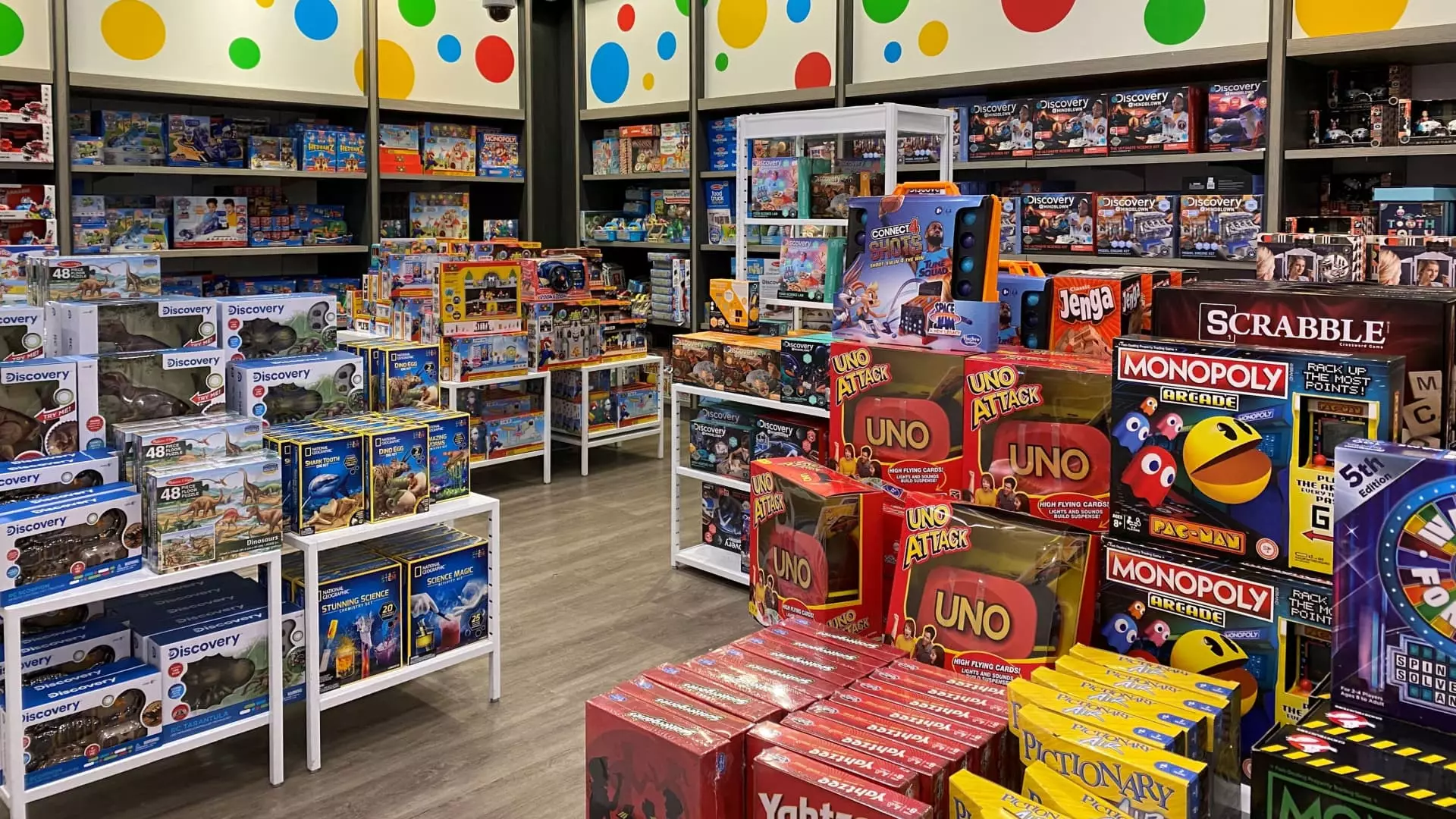In an economic landscape already rocky from numerous uncertainties, the toy industry faces its greatest challenge yet. With towering tariffs reaching an eye-watering 145% on Chinese imports, companies like Mattel and Hasbro are experiencing unparalleled stock declines, reminiscent of a child’s favorite toy smashing to the ground. This staggering figure represents not just a significant financial burden but a potential existential threat to the industry that defines childhood for millions.
The Fallout from Trade Policy
The aggressive trade policies ushered in by the Trump administration have sent shockwaves through the toy sector. A reported 40% of Mattel and Hasbro’s products are sourced from China, making them exceptionally vulnerable to these sudden and steep tariffs. The numbers are indisputable: Mattel recently reported a 27% decline, while Hasbro’s stock plummeted by over 20%. One must ponder whether this upheaval is simply the collateral damage of a larger battle for economic dominance or if it underscores a fundamental misunderstanding of the delicate interconnectedness of global supply chains.
Just as troubling is the timing of these tariff escalations, coinciding with the all-important back-to-school season. Parents may soon find themselves staring at empty shelves or, worse still, higher price tags that could change holiday gift-giving forever. Essential toys that once brought joy could become prohibitively expensive, eroding the very fabric of childhood experiences.
Consumer Impact: The Hidden Costs
For consumers, the ramifications of these policies are dire. A recent Bank of America estimate indicates that companies may have to transfer these costs directly to retail prices, and with margins in the toy industry typically hovering in the single digits, such an increase could be monumental. We’re not talking about small increment increases—some toys could potentially double in price. It’s not hard to fathom a grim scenario where children, innocent of the economic machinations at play, find themselves deprived of popular toys due to financial constraints imposed by misguided governmental strategies.
As prices inflate, so too could the sentiment of discontent among American families. The nostalgia-enriched memories associated with cherished toys may soon be overshadowed by the harsh realities of a declining market, leading to a potential paradox where toys become not just a luxury, but a symbol of economic disparity.
What Lies Ahead for the Toy Titans?
So, what does the road ahead look like for Mattel and Hasbro? The companies must navigate through turbulent waters with limited options. Passing cost increases to consumers is precarious, especially given the competitive market landscape and changing consumer preferences. Additionally, should tariffs linger or escalate further, there may be no choice but for these toy giants to rethink their manufacturing strategies entirely.
The next steps for these companies should include diversifying their supply chains and exploring domestic production options to mitigate the impacts of foreign tariffs. The recent developments serve as a crucial reminder that reliance on a single source—especially one entwined in a complex international tug-of-war—can lead to destructive fallout. Only time will tell if the toy industry can rebound from this devastating playdate with tariffs.

